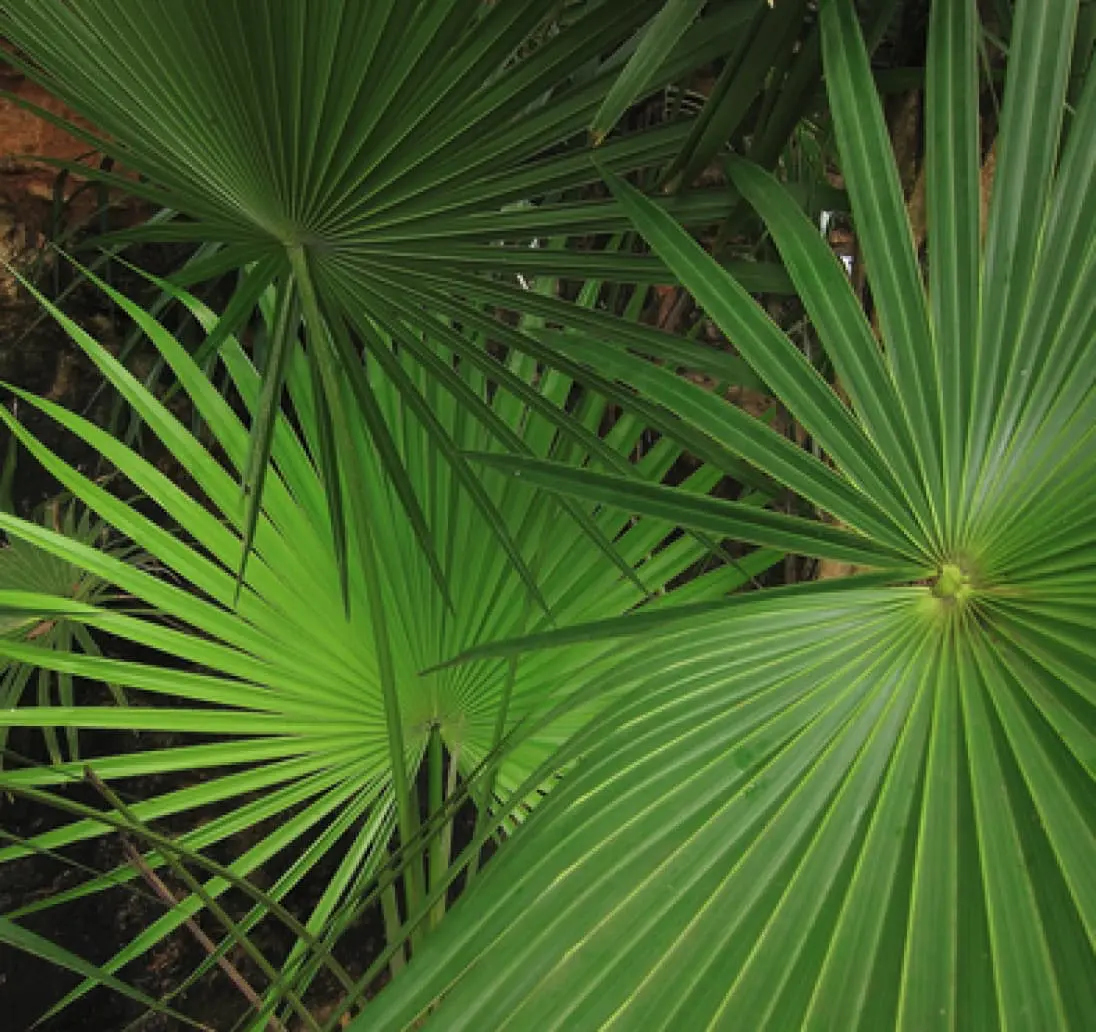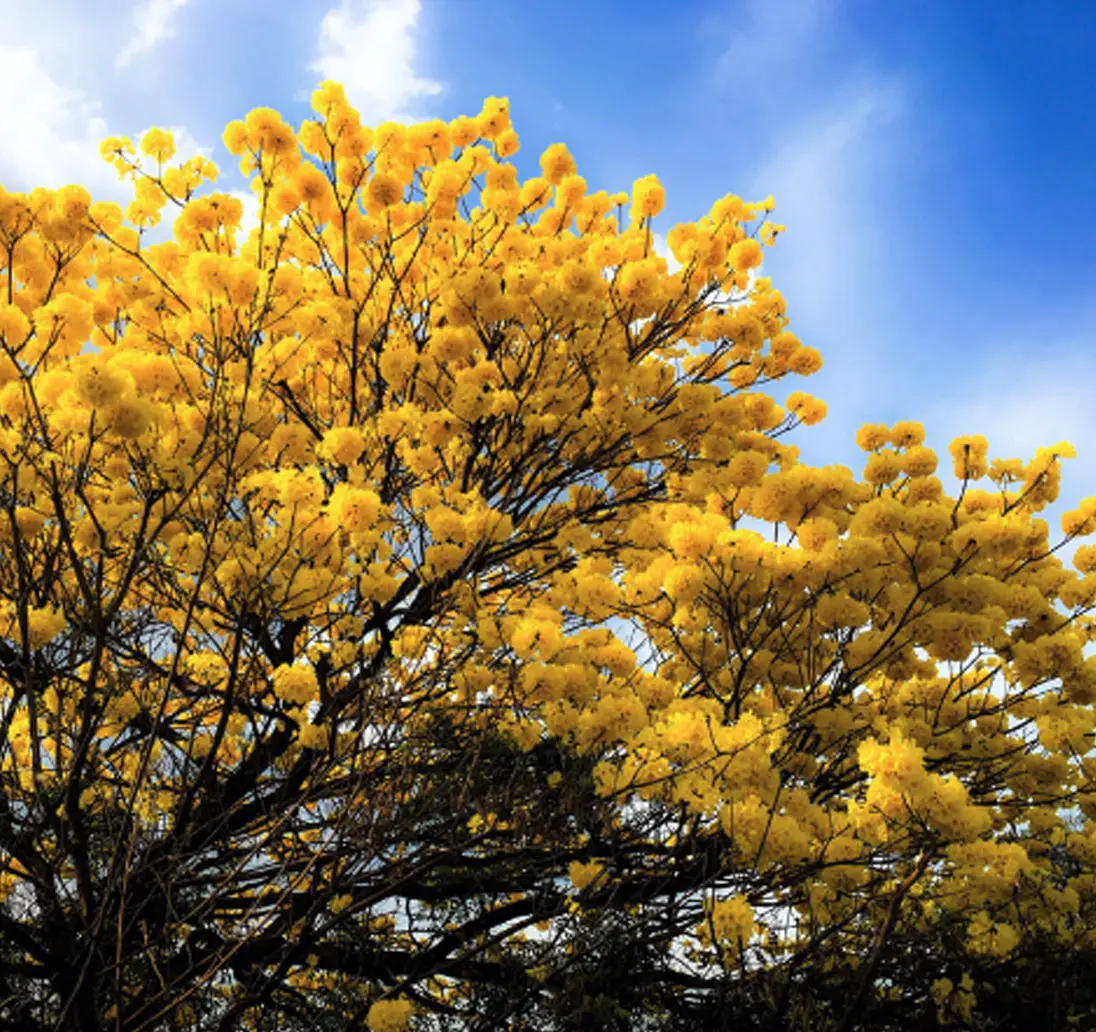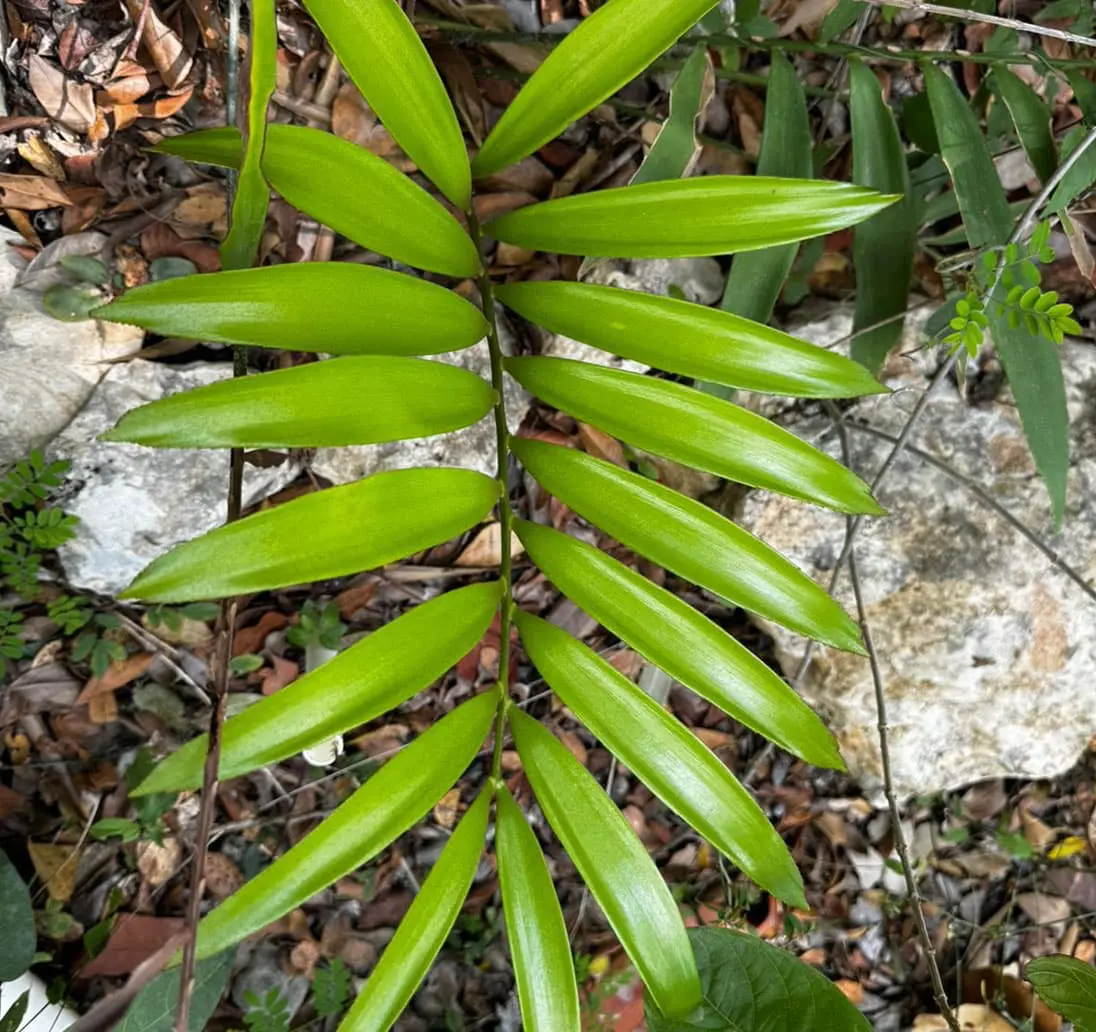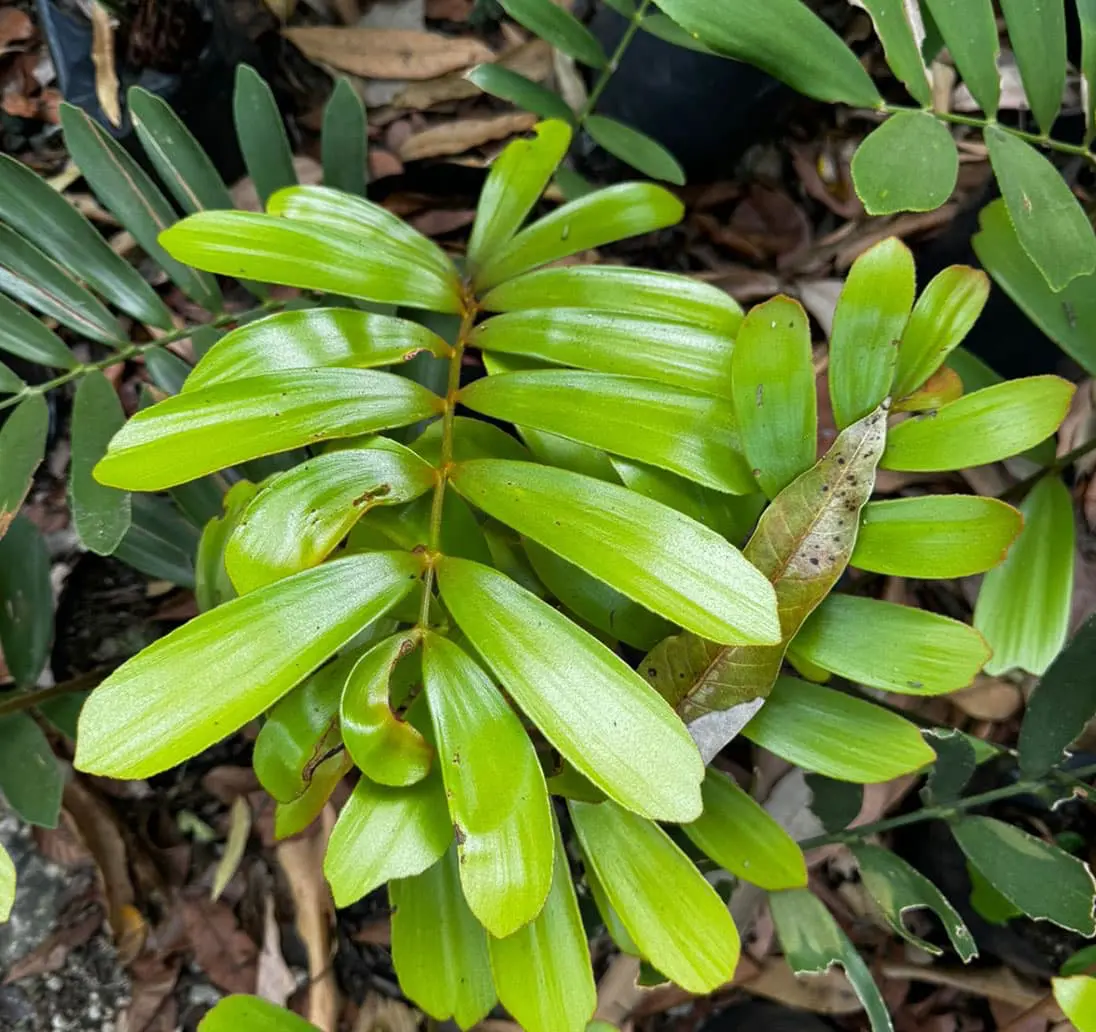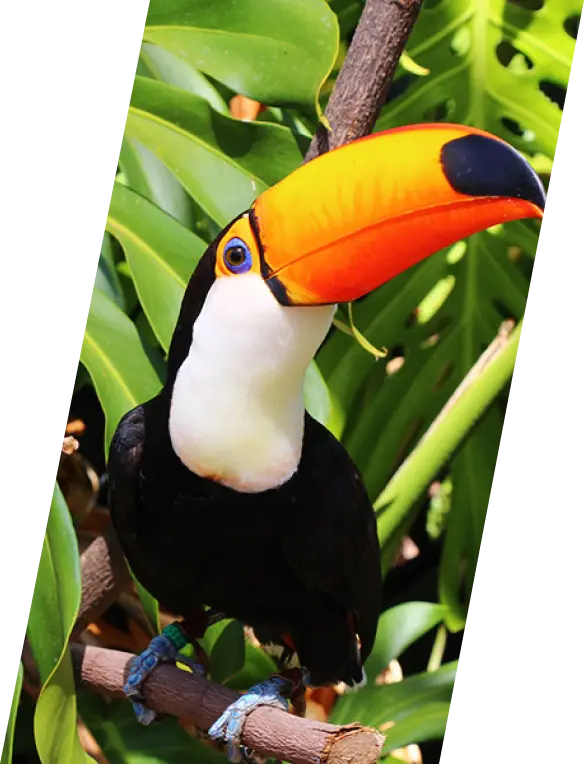
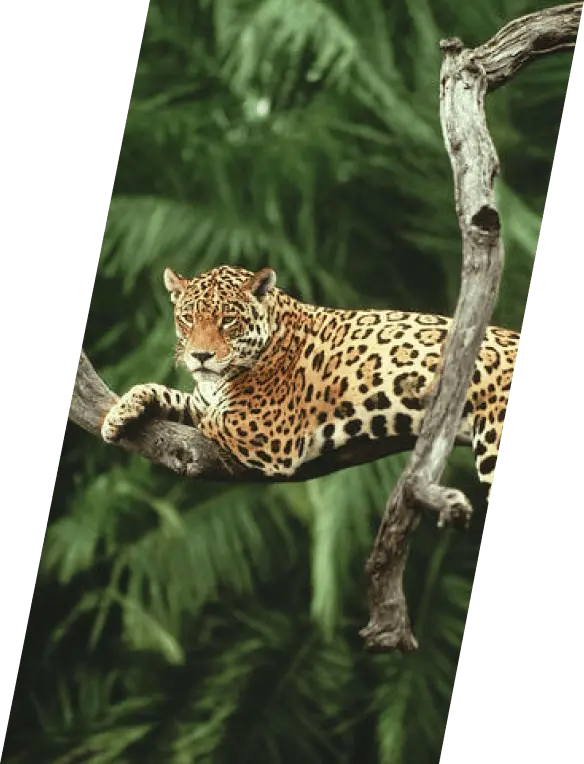

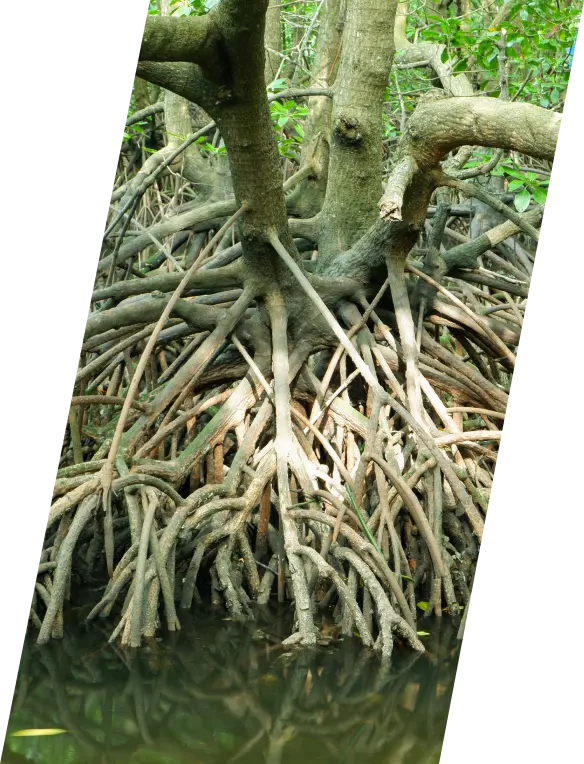
Their Relevance
- Conservation: They ensure the protection and conservation of plant species that are at risk or endemic, preventing their extinction and promoting biodiversity.
- Sustainable Development: They promote the rational and sustainable use of natural resources, ensuring their availability for future generations.
- Income Generation: They allow for the generation of income through the legal and controlled production and sale of plant species, benefiting the local economy and creating jobs.
- Education and Awareness: They function as centers for environmental education, fostering a culture of respect and care for biodiversity and ecosystems.
Our UMA Services
Since 2006, Ecosistemas, Planeación y Desarrollo registered the intensive management UMA "ECOSISTEMAS Y DISEÑO DE ÁREAS VERDES" (SEMARNAT/UMA-VIV-0010-06/QROO), dedicated to producing various species of protected flora. This reaffirms our commitment to responsible management and environmental conservation.
We invite you to learn more about the species we manage and to request a quote for your project.
We invite you to learn more about the species we manage and to request a quote for your project.
Flora and Fauna Species
Chit Palm (Thrinax radiata)
- Description: This species is characterized by its star-shaped, palmate leaves situated at the top.
- Trunk: It has a single, unbranched, gray trunk.
- Height: It can reach heights of up to 20 meters.
- Adaptability: It is notably resilient and adapts well to soil conditions.
- Soil: Prefers alkaline, calcareous, and sandy soils.
- Pests and Diseases: It does not have major pest or disease issues.
- Thorns: It has no thorns, making it ideal for planting along the coast, on roadsides, and in parks and gardens.
- Landscaping: Suitable for beautifying coastal areas, roadsides, parks, and gardens due to its visual appeal and easy maintenance.
- Environmental Resistance: Robust and tolerant, it withstands frost, drought, salinity, and wind.
- Watering: It is recommended to water every third day to maintain its health and optimal development.
Nacax Palm (Coccothrinax readii)
- Description: This species is notable for its palmate leaves at the top, with a striking dark green color on the upper side and a silver hue on the underside.
- Trunk: It has a single, unbranched trunk with a distinctive gray-brown color.
- Height: This slow-growing palm can reach heights of up to 5 meters.
- Adaptability: It adapts particularly well to calcareous and sandy soils.
- Thorns: It has no thorns, making it suitable for planting along the coast, on roadsides, and in parks and gardens due to its easy handling and attractive aesthetics.
- Landscaping: Suitable for beautifying coastal areas, roadsides, parks, and gardens due to its visual appeal and easy maintenance.
- Environmental Resistance: Resilient to various conditions, it tolerates both direct sunlight and shade.
- Watering: It is recommended to water every third day to maintain its health and optimal development.
Kuka Palm (Pseudophoenix sargentii)
- Description: This species is characterized by its stiff, pinnate leaves clustered at the top of the trunk with a greenish-gray tone.
- Trunk: It has a gray-brown, unbranched trunk.
- Height: Although it grows slowly, it can reach heights up to 8 meters.
- Habitat: AAdaptable to calcareous and sandy soils.
- Resistance: Notable resistance to pests and diseases.
- Thorns: It has no thorns, facilitating its planting along the coast, as well as in parks and gardens.
- Tolerance: Known for its high tolerance to drought and salinity, preferring sunny locations.
- Planting: Ideal for planting along the coast, as well as in parks and gardens due to its adaptability and aesthetics.
- Environmental Resistance: Known for its resistance to drought and salinity, making it valuable in coastal landscapes.
- Aesthetics: Appreciated for its shape and coloration, adding visual interest to any environment.
- Watering: It is suggested to water every third day to maintain its health and optimal development.
Yellow Trumpet Tree (Tabebuia chrysantha)
- Description: A tree species distinguished by its branching and gray trunk.
- Height: Capable of reaching heights of up to 20 meters.
- Leaves: Compound leaves with elliptical leaflets that usually group in sets of five.
- Growth: Fast-growing plant.
- Habitat: Thrives in sandy soils.
- Pests and Diseases: It does not have major pest or disease issues.
- Planting: Recommended for planting in parks, gardens, and as part of live fences.
- Tolerance: Tolerant to shade and flood-prone areas.
- Versatility: Commonly used in various landscapes due to its adaptability.
- Watering: It is advised to water every third day to maintain its health and optimal development.
Buttonwood Mangrove (Conocarpus erecta)
- Description: A tree species with multiple branches and a gray trunk with fissured bark that peels in thin layers.
- Height: Can reach heights of up to 10 meters.
- Leaves: Leaves are located in the axils of the branches.
- Habitat: Thrives in shallow, muddy, or brackish waters.
- Distribution: Common in coasts and estuaries with calm waters, on sedimentary soils of clay and silt.
- Pests and Diseases: It does not have major pest or disease issues.
- Planting: Ideal for planting along the coast due to its ability to tolerate saline and sandy soils.
- Coastal Protection: Suitable for protecting coastlines against erosion.
- Resistance: Shows good resistance to dry environments and can survive with daily watering.
- Watering: It can survive with daily watering, although it also shows good resistance to drier environments.
Ponytail Palm (Beaucarnea pliabilis)
- Description: This species develops from a single gray trunk, notably thickened at the base.
- Growth: Fast-growing plant with leaves that group in rosettes at the top of the trunk.
- Height: Can reach heights of up to 12 meters.
- Resistance: Known for its resilience and adaptability to various soil conditions.
- Thorns: It has no thorns, making it safe and aesthetically pleasing for planting in parks and gardens.
- Aesthetics: Valued for its unique shape and attractive appearance, making it a popular choice for landscaping in parks and gardens.
- Environmental Resistance: Tolerant to droughts, making it suitable for regions with water limitations.
- Sustainability: Considered a sustainable option for landscaping due to its ability to withstand adverse conditions and require minimal maintenance.
- Watering: Watering can be spaced out to once a week, making it a low-maintenance plant.
Royal Palm (Roystonea regia)
- Description: This species is characterized by its rapid growth and pinnate leaves that adorn the top, reaching up to 6 meters.
- Trunk: It has a single, unbranched, grayish-white trunk with a smooth surface.
- Height: Can grow up to heights of 25 meters.
- Preferences: Shows a clear preference for direct sunlight, fertile soils, and abundant water.
- Thickening: Displays notable thickening at mid-height.
- Thorns: Free of thorns, making it ideal for beautifying coasts, roadsides, parks, and gardens.
- Aesthetics: Appreciated for its beauty and majesty, ideal for beautifying public and private areas.
- Environmental Resistance: Resistant to wind and capable of withstanding certain levels of salinity, making it suitable for coastal soils.
- Structure: Its tall and elegant stature makes it a standout element in landscaping.
- Watering: It is recommended to water every third day to maintain its health and optimal development.
Lignum Vitae (Guaiacum sanctum)
- Description: A species with even-pinnate leaves, branching, and a gray trunk.
- Growth: Notably slow-growing, with the trunk reaching up to 50 cm in diameter.
- Height: PCan reach heights of up to 15 meters.
- Adaptability: Easily adapts to both wet and dry soil conditions.
- Resistance: Resistant to wind and salt, making it ideal for planting along the coast or even in the jungle.
- Soil: Thrives in shallow soils, especially in limestone areas, low areas with good drainage, low hills exposed to warm and dry winds, and rocky calcareous regions.
- Exposure: Tolerant to both sun and shade.
- Landscaping: Ideal for beautifying coastal areas and rocky regions, as well as the jungle.
- Environmental Resistance: Its resistance to wind and salt makes it suitable for coastal environments.
- Medicinal: In addition to its ornamental value, Lignum Vitae has traditional medicinal properties.
- Watering: Requires watering once a week to maintain its health and optimal development.
Palma Zamia (Zamia loddigesii)
- Description: Species with pinnate leaves up to 2 meters long covered in abundant pubescence and small thorns on the petioles.
- Height: Can reach heights of up to 1 meter.
- Adaptability: Stands out for its resistance and adaptability to different soil conditions.
- Pests and Diseases: Not prone to significant pests or diseases.
- Thorns: The presence of thorns on the petioles should be considered when handling it.
- Landscaping: Recommended for planting in medians due to its aesthetic appeal and manageable size.
- Ornamental: Valuable as an ornamental plant in urban and residential settings due to its visual appeal and easy maintenance.
- Environmental Resistance: It can tolerate both frost and drought, making it suitable for various environments.
- Watering: Requires watering up to once a week to maintain optimal health and growth.
Cardboard palm (Zamia furfuracea)
- Description: Species with pinnate leaves up to 2 meters long covered with abundant pubescence and small spines on the petioles.
- Height: Can reach heights of up to 1 meter.
- Adaptability: Stands out for its resistance and adaptability to different soil conditions.
- Pests and Diseases: Not prone to major pests or diseases.
- Thorns: The presence of spines on the petioles should be considered when handling it.
- Landscaping: Recommended for planting on medians due to its aesthetic appeal and manageable size.
- Ornamental: Valuable as an ornamental plant in urban and residential settings due to its visual appeal and easy maintenance.
- Environmental Resistance: It can tolerate both frost and drought, making it suitable for various environments.
- Watering: Requires watering up to once a week to maintain optimal health and development.

